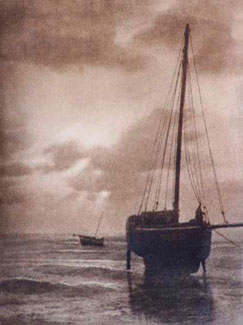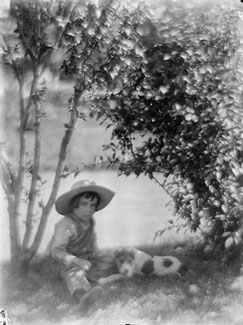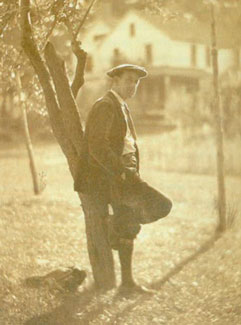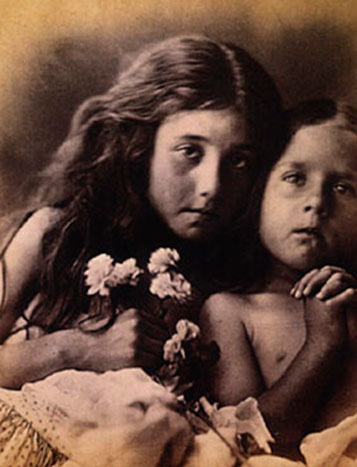
Peter Henry Emerson
Small camera drawn to street life by the animated and vigorous activity to depict with less artifice the variety of peoples and experiences to be found in the urban slum and working-class neighborhoods.
Enthusiasm for “real life” cut across class lines, appealing to a broad sector of the population that included wealthy individuals. The search for the unexpected and standardized dress and behavior.
Looked for intimations of tenderness and compassion to contrast with the coldness and impersonality of the city. Reflected the conviction held by Realist painters, illustrators, pictorial and documentary photographers.
Promotion of the photograph to the status of an art object was goal of movement.
Based on belief that camera images might engage the feelings and senses, nourished initially by Peter Henry Emerson and concept of Naturalism.
Flourished between 1889 and the onset of WWI. Artistic photographers held that photographs should be concerned with beauty rather than fact. Regarded optical sharpness and exact replicative aspects as limitations inhibiting expression.

1904. "Boy with dog." Oceanside, Long Island. Gertrude Käsebier.
Therefore, accepted manipulation of print as emblem of self-expression. Artists could expand their horizons, confront new kinds of subject matter, and embrace new concepts and ideologies as a result of greater familiarity with the arts of the world through reproductions, art collections, and increased travel.
Others viewed medium as a means of combining the aims of art and science and imbuing them with personal feeling. Individuality was expressed through a unique print controlling tonalities, introducing highlights, and obscuring or removing details that seemed too descriptive.
Effects were accomplished using fingers, stumps, pencils, brushes, and etching tools to alter forms in soft gum, oil, and pigments substances before they hardened. Printed on a variety of art papers from heavily textured to smooth Japanese tissues. Regarded as “pictures” in the same sense as images made entirely by hand. Satisfied collectors who preferred rare or singular artifacts because no positive print emerged as an exact version of the negative or duplicate.
Promotion of the photograph to the status of an art object was goal of movement. Based on belief that camera images might engage the feelings and senses, nourished initially by Peter Henry Emerson and concept of Naturalism.

Margaret Watkins. Clarence White, Canaan, Connecticut 1923.
Individuality was expressed through a unique print controlling tonalities, introducing highlights, and obscuring or removing details that seemed too descriptive. Effects were accomplished using fingers, stumps, pencils, brushes, and etching tools to alter forms in soft gum, oil, and pigments substances before they hardened.
Printed on a variety of art papers from heavily textured to smooth Japanese tissues. Regarded as “pictures” in the same sense as images made entirely by hand. Satisfied collectors who preferred rare or singular artifacts because no positive print emerged as an exact version of the negative or duplicate.
Procedure sometimes called “ennobling processes” because they permitted exploration of creative ideas by hand manipulation directly on the print. Photographed costumed models arranged in settings in which props, décor, and lighting mimicked well-known paintings.
Regarded suggestiveness as more evocative than fact. Offered vague shapes and subdued tonalities in contrast to crisply defined forms and tonal ranges. Produced idealized visions of intimate family life. Female nude figure became a motif in and for itself in both painting and aesthetic photography. Male body considered too flagrantly sexual for depiction in visual art intended for viewers of mixed sexes.


